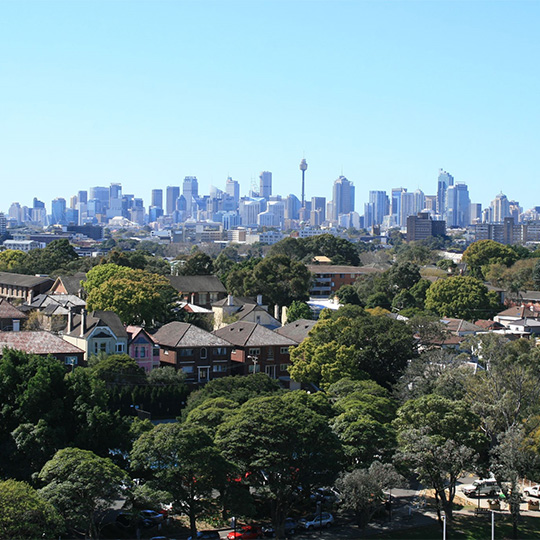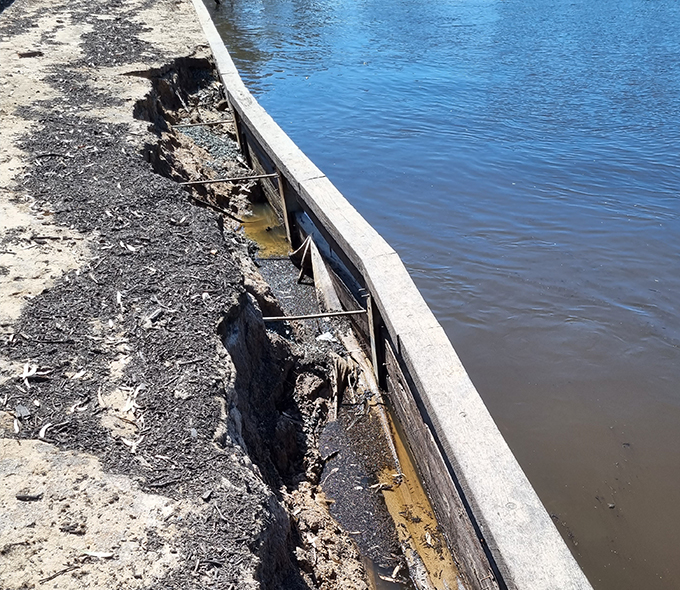- Hon Dr Megan Woods
The largest public housing development in Napier for many years has been recently completed and has the added benefit of innovative solar technology, thanks to Government programmes, says Housing Minister Dr Megan Woods.
The 24 warm, dry homes are in Seddon Crescent, Marewa and Megan Woods says the whanau living in the homes will all also enjoy lower power bills.
“Having solar installed on these houses will ease the pressure on household budgets and we expect customers’ power bills across the development to be reduced by approximately $400 to $700 per year,” Minister Megan Woods said.
“Each of the first 16 homes completed have been fitted with individual solar systems. The other eight homes that were completed this month, will feature technology which means electricity generated by solar panels across the complex is taken and shared among the eight homes.
“This technology monitors when energy is being used and directs solar power to the home to reduce electricity bills as much as possible. This can increase the amount of solar used in the buildings by up to 50%, meaning there’s less reliance on expensive grid power, and higher savings for residents.”
“It is the second public housing complex in New Zealand to be completed using this technology after the first was opened in Christchurch in July. Both of these have been funded through our innovative Māori and Public Housing Renewable Energy fund.
“These homes also provide much needed housing for Napier families and continues the work to supply more public housing in Napier and throughout the Hawkes Bay.’
“So far, this government has delivered over 150 new homes in Napier including 25 transitional homes across three locations, with almost 400 in the pipeline.
“We’ve come a long way since the previous government left Napier with 33 fewer public homes than it started with.
Across the country we have already delivered over 13,000 more public homes, and are on track to deliver 21,000 public and transitional homes by 2025, Megan Woods said.
The first homes in Seddon Crescent were completed in December 2022, 12 months after the first sod was turned and pipes were laid. Construction started in May 2022 and within 15 months the whole development is complete.
“This is a significant achievement considering the weather-related challenges Napier has faced from Cyclone Gabrielle and ongoing extreme weather events,” says Megan Woods.
The 24 homes include six four-bedroom and two three-bedroom houses with the other homes comprising one and two-bedroom duplex homes.
Notes to Editor:
Key facts about the solar installation
- This project has been funded by the Māori and Public Housing Renewable Energy fund.
- Sixteen of the homes in the development have been provided with individual grid-tied solar panel systems (sized at either 4.05kWp or 3.24kWp).
- The complex (units 9-16) is fitted with a 18.2kWp shared solar array. The electricity generated is shared between the eight homes using the Allume Solshare device.
- Kāinga Ora has done due diligence on the polysilicon supply chain of the panels used to ensure that our projects are using the most ethically-sourced panels available. REC Alpha Pure panels were used in this installation. These panels are among the few lead-free and RHS (Restriction of Hazardous Substances) certified panels available on the market.
About the Kāinga Ora renewable energy programme
- Kāinga Ora is currently trialling solar panel opportunities on stand-alone homes and apartment complexes across the country.
- The Kāinga Ora renewable energy trials are funded until mid-2024 through the Government’s ‘Māori and Public Housing Renewable Energy Fund’.
- Key objectives for these trials include reducing energy costs, promoting customer health and wellbeing, and improving knowledge on the costs, benefits, barriers and design options for distributed energy solutions on public housing.
- In selecting homes or complexes for its renewable energy trials, Kāinga Ora considers a number of factors, including roof orientation and condition, and housing typology and location.








